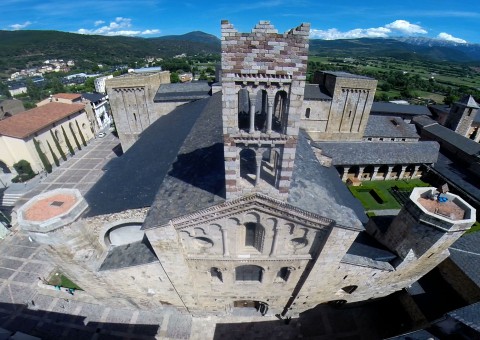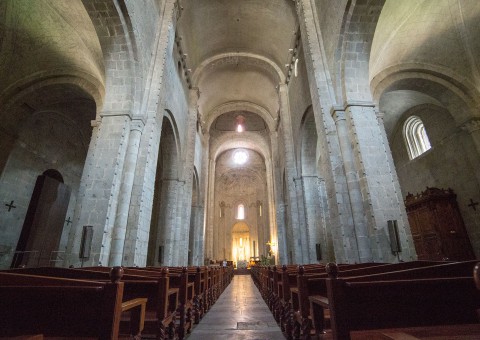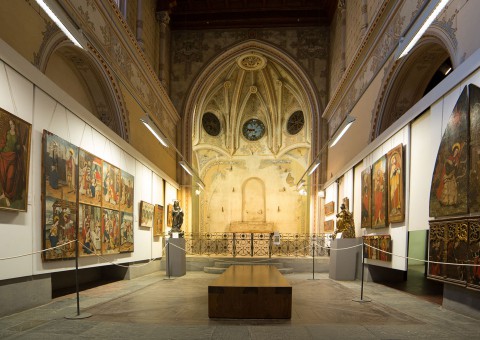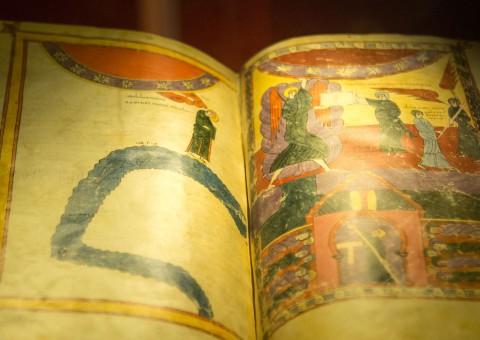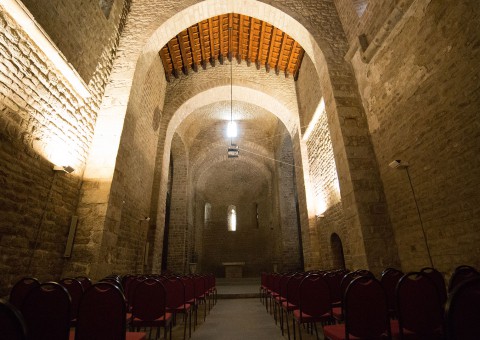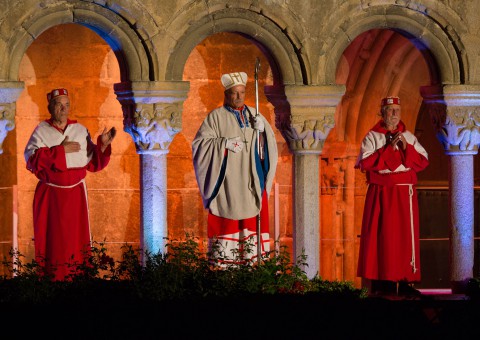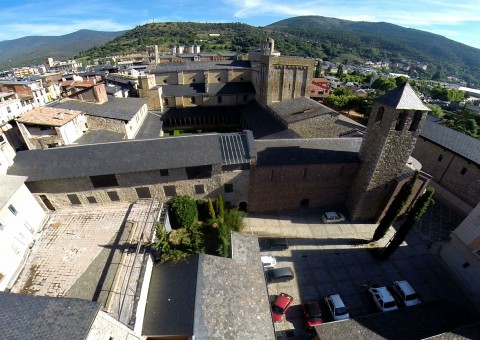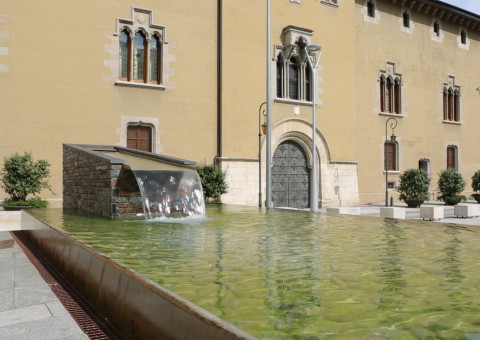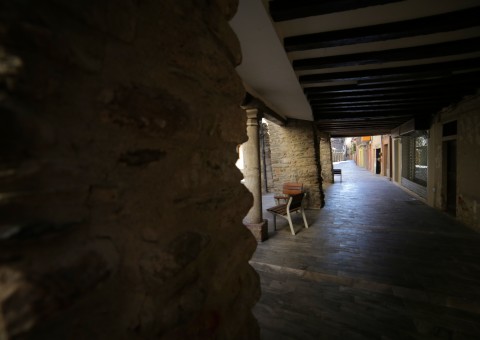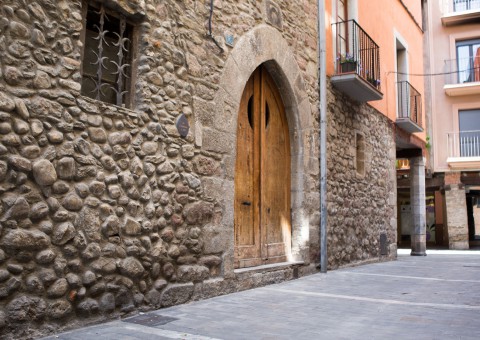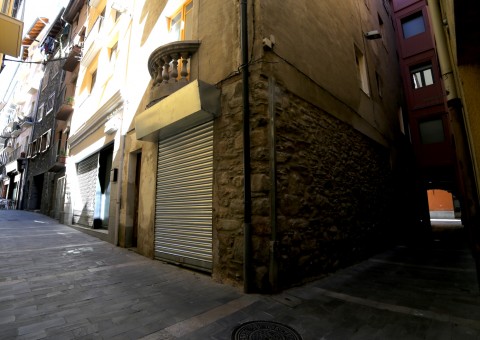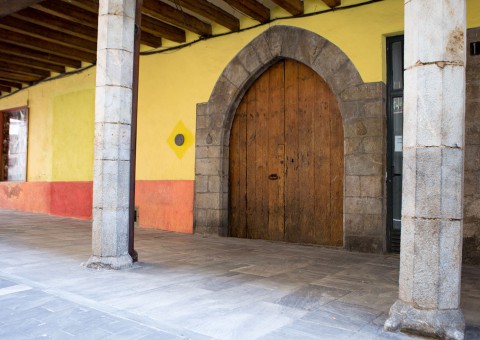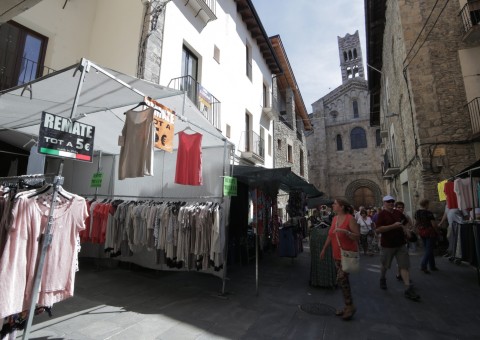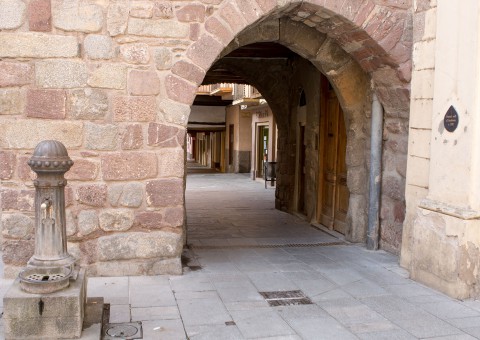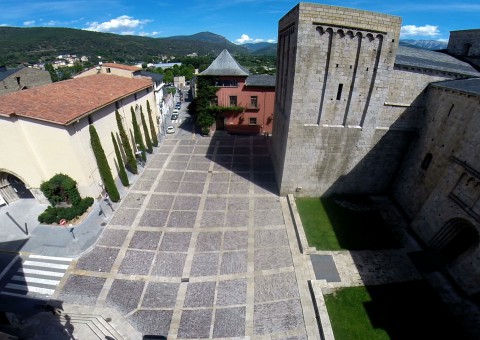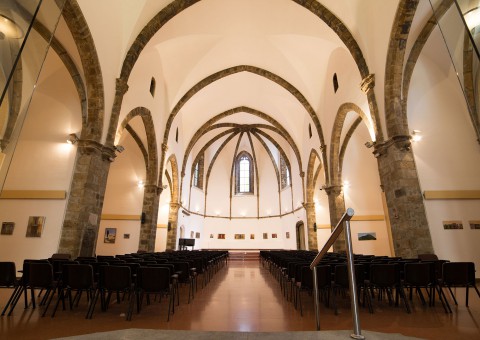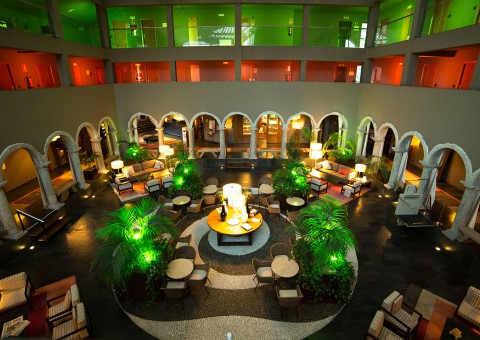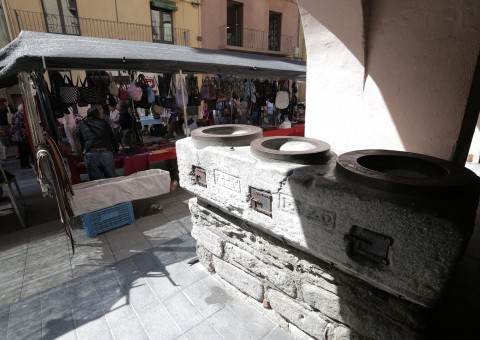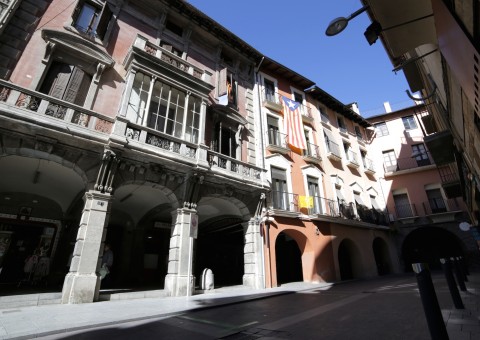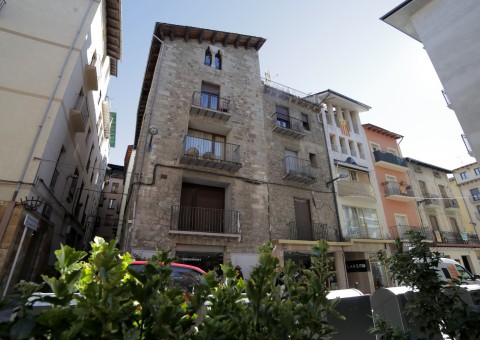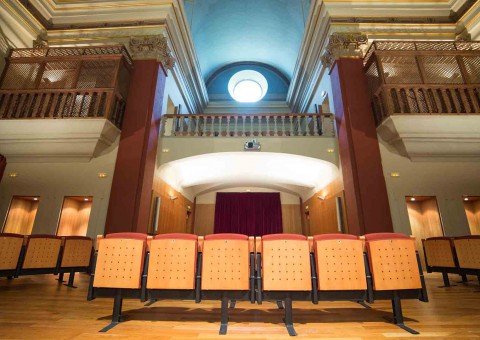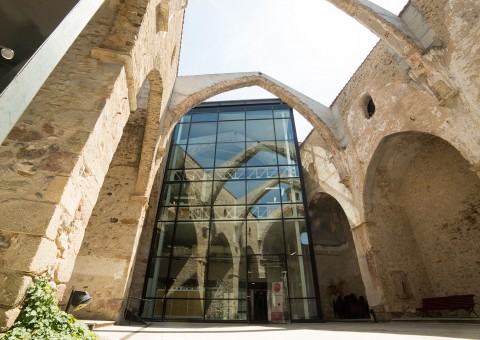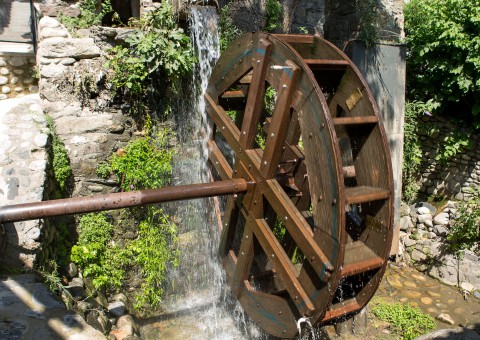The Museu Diocesà d’Urgell (Diocesan Museum of Urgell) brings together an extremely interesting artistic collection originating from the different parishes of the Bishopric of Urgell. The exhibits cover a period that runs from the 10th century to the 18th century.
Perfectly representative of Romanesque art are the wall paintings from Baltarga, in Cerdanya, and from Estaon, Isavarre and València d’Àneu in the Pallars Sobirà region, as well as the Christ of Olp and the carvings of the Virgin Mary from Carague, Cortscastell and Ginestarre. Within this section, one must also mention the papal bull from Pope Sylvester II, on papyrus and dating from the year 1001, which is approximately three metres in length.
There are two masterpieces of Gothic art in the altarpieces from Abella de la Conca, by Pere Serra, and the curious stone altarpiece from Sant Bartomeu de Cubells. Likewise, it is also worth mentioning the tombs of the inquisitors Ponç de Planés and Bernat de Travesseres, who died violently at Castellbò in the 13th century.
Also notable is the silver urn of Sant Ermengol, which is the high point of Catalan Baroque metalwork.
The illustrated manuscript of the Beatus of La Seu d’Urgell, which for many is the star exhibit of the Diocesan Museum, deserves an explanation on its own.






